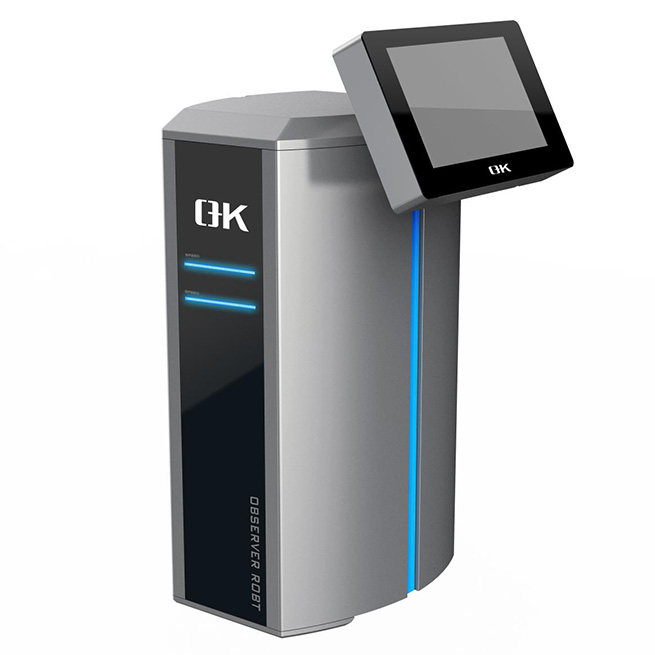How Printing Inspection Systems Enhance Printing Processes While Minimizing Environmental Impact
In an era where environmental consciousness is at the forefront of industrial evolution, the printing industry is experiencing a transformative shift towards sustainable processes. Central to this green revolution is the integration of printing quality inspection systems, which play a pivotal role in supporting eco-friendly and resource-efficient printing. This article delves into the critical contributions of printing inspection systems to sustainability, exploring how printing inspection system enhance printing processes while minimizing environmental impact.

Understanding Printing Inspection Systems:
Printing quality inspection systems leverage advanced technologies to identify errors, validate print quality, and maintain uniformity throughout the production process. Web inspection machines, a key component of these systems, are designed to detect and rectify flaws in printed documents, ensuring the final product meets stringent quality standards. Comprising cameras and sensors, lighting systems, and processing units, these inspection systems contribute to the overall precision and efficiency of the printing process.
Key Components of Printing Inspection Systems:
Cameras and Sensors:
High-resolution cameras capture detailed photographs of printed materials.
Sensors detect color, registration, and other crucial properties for comprehensive inspection.
Lighting Systems:
Specialized lighting enhances image capturing accuracy by highlighting specific features for examination.
Processing Units:
Advanced processors and software analyze collected images, comparing them to established standards and identifying deviations.

Key Aspects Contributing to Eco-friendly Printing Processes:
Reducing Waste through Precise Defect Detection:
Printing inspection systems identify and rectify faults in real time, reducing the need for reprints and minimizing the volume of wasted materials.
Optimizing Energy Consumption:
Energy-efficient components, such as low-energy LED lights and CPUs, contribute to minimizing the environmental impact of printing operations.
Utilizing Recyclable and Sustainable Materials:
Many inspection methods are designed to function with recyclable and sustainable materials, supporting responsible sourcing and production.
Digitalization for Paperless Workflows:
Digital workflows reduce reliance on physical documentation, conserving paper, and increasing operational efficiency.
Lifecycle Assessment and Responsible Disposal:
Printing inspection systems undergo comprehensive lifecycle assessments, focusing on recyclability and responsible disposal practices.
Remote Monitoring and Predictive Maintenance:
Remote monitoring and predictive maintenance reduce emergency repairs and downtime, promoting a sustainable use of resources.
Employee Training for Sustainable Practices:
Training programs focus on sustainable methods, waste reduction, and energy efficiency, ensuring a collective effort towards environmental responsibility.
Certifications and Adherence to Standards:
Integration with industry requirements and environmental certifications, such as FSC certification, showcases a commitment to responsible material sourcing and sustainable practices.
Conclusion:
As the printing industry strives towards sustainability, printing inspection systems emerge as catalysts for environmentally responsible practices. These systems not only enhance the quality and efficiency of printing processes but also position the industry as a steward of resources committed to a greener and more sustainable future. Embracing eco-friendly printing practices is not merely an option but a strategic imperative for the printing sector, aligning with the global call for responsible and sustainable industrial practices.
- Art
- Causes
- Crafts
- Dance
- Drinks
- Film
- Fitness
- Food
- Games
- Gardening
- Health
- Home
- Literature
- Music
- Networking
- Other
- Party
- Religion
- Shopping
- Sports
- Theater
- Wellness


